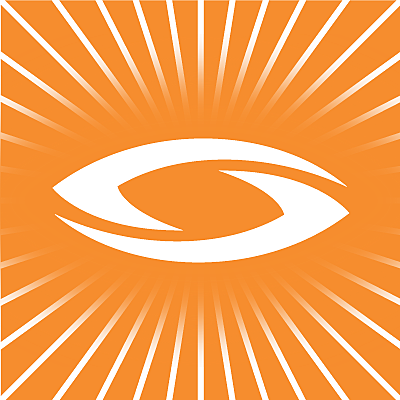At SightCall, we gauge our success by helping Salesforce clients create their stories. Stories of how our product helped a business navigate through major pressures, succeed with higher expectations for customer service or achieve greater cost-effectiveness in their operations.
We’re willing to bet your business was attracted to Salesforce because it is the industry leader in CRM tools. You value the personalization and portability it carries throughout the lifecycle of a customer relationship.
After all, to run a business without it is to lose money. The seamlessness of Salesforce makes your business run better, because you’re spending less time on redundant administrative tasks and more time building, connecting and serving.
Three users of SightCall will show you how this can be made even easier:

How SightCall and Salesforce Help Build Your Business Story
Author:

Take a large auto manufacturer in Michigan. Its repair technicians, spread across North America, were stretched increasingly thin due to their workload and felt they struggled to maintain quality customer interaction with too many appointments. Meanwhile, company data pointed to a large number of issues that could be resolved through a virtual appointment. In this scenario, the technician helping the customer would not even need to be in the same city or state as the customer, freeing up local technicians to focus on responding to serious problems.
A customer in Delaware, for example, sustained broken back glass on their SUV in an accident. The manufacturer shipped a replacement piece and sent a link via SMS for a video appointment, setup through their Salesforce portal, through SightCall. The customer received the new piece in one day, and on the same afternoon had a technician at headquarters in Michigan walk him through the installation step-by-step.
The customer had trouble putting on the back glass during the session and wondered if it was the correct fit. So, the technician opted to verify a serial number to confirm the appropriate piece had been shipped. The customer waved the phone’s camera over the serial number and let the Smart Optical Character Recognition tool do the rest, sending the information automatically to Salesforce and confirming the correct piece.

In Atlanta, a Salesforce-linked primary care practice with multiple offices wanted to convert most patient appointments to telehealth due to the coronavirus pandemic, keeping in-person visits for only their sickest patients. This was a big change for patients and clinicians, and whatever solution the office chose needed the most up-to-date virtual assistance technology with high-definition audio and photo quality.
The practice found that patients who were apprehensive or doubtful about a virtual visit – perhaps imagining the grainy or temperamental Skype or FaceTime calls they’d had with loved ones – were floored by their experience with SightCall. The graphics and picture were flawless.
Doctors could use both the front and back cameras of the patient’s cell phone or tablet, virtually draw arrows or circles on areas of skin to point out a problem and use character recognition from the phone camera to look up medication or medical device information and provide real-time assistance to the patient.

A global leader in the elevator and escalator industry aimed to convert the majority of technician work to remote assistance when it approached SightCall. Through Salesforce, it had established a centralized technical support help desk and trained its technicians to call the hotline number when they needed additional assistance on a job in the field. This was a resource-preserving alternative to a technician going out, encountering a problem and recruiting a second technician to help. The firm had a negative experience with its previous virtual assistance platform, which featured slow integration with Salesforce and inferior usability for technicians.
By contrast, SightCall seamlessly integrated into the existing help desk, and cut the firm’s callout rate by 19% in just six months. An IoT architect at the firm observed that its easy use created learning opportunities for new or less-experienced technicians, with an off-site expert walking them through a solution instead of having to call a second technician out to finish it for them. With less in-person site visits being made, the company also further reduced its carbon footprint.
These are three stories of many. Among the large swatch of Salesforce users who have chosen to integrate with SightCall, customers have benefitted from huge jumps in first-time fix success rates, an average 69% decrease in issue resolution times and 30-point increases in their Net Promoter Score.
Unique among products like it, SightCall appeals to customers with a global reach because of its compliance with data protection and privacy regulations like the European Union’s General Data Protection Regulation (GDPR). Businesses with existing customers in different countries and continents, or looking to expand all over the world, do not need to engage multiple virtual assistance programs when they use SightCall.
If we could describe a differentiator for what we do, it would be to fight the perception that technology is scary and threatening. We see ourselves not as replacers of existing software or of people and their jobs, but augmenters of human creativity and ingenuity. We want people to be more successful and productive with the tools they already have.
You’ve heard their stories – now, what will yours be? SightCall Visual Support and Visual Assistance Chatbot are both Lightning Ready applications now available on the Salesforce AppExchange.


